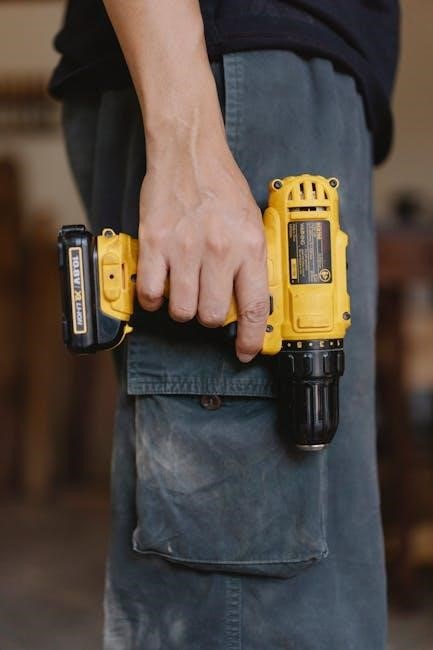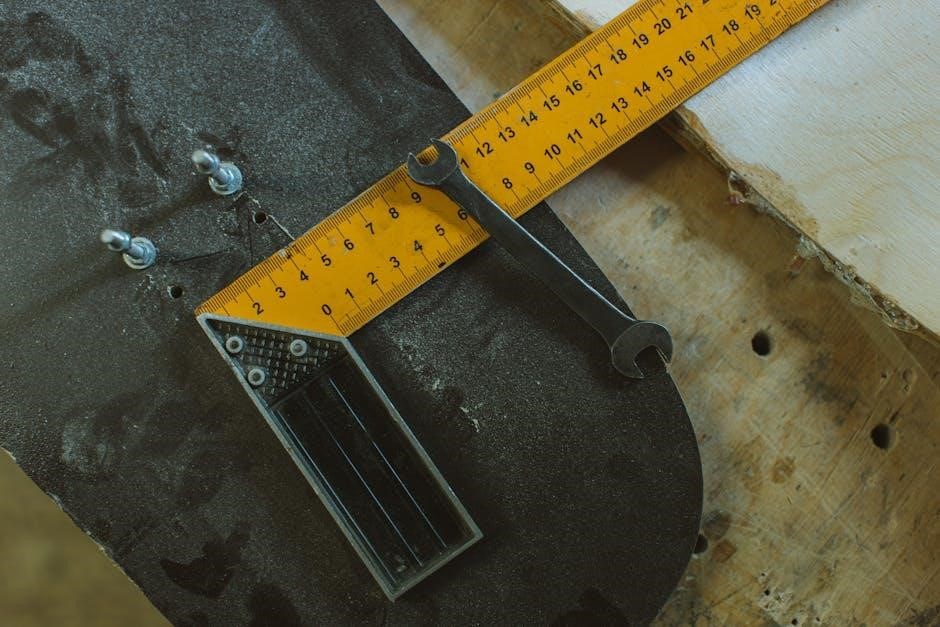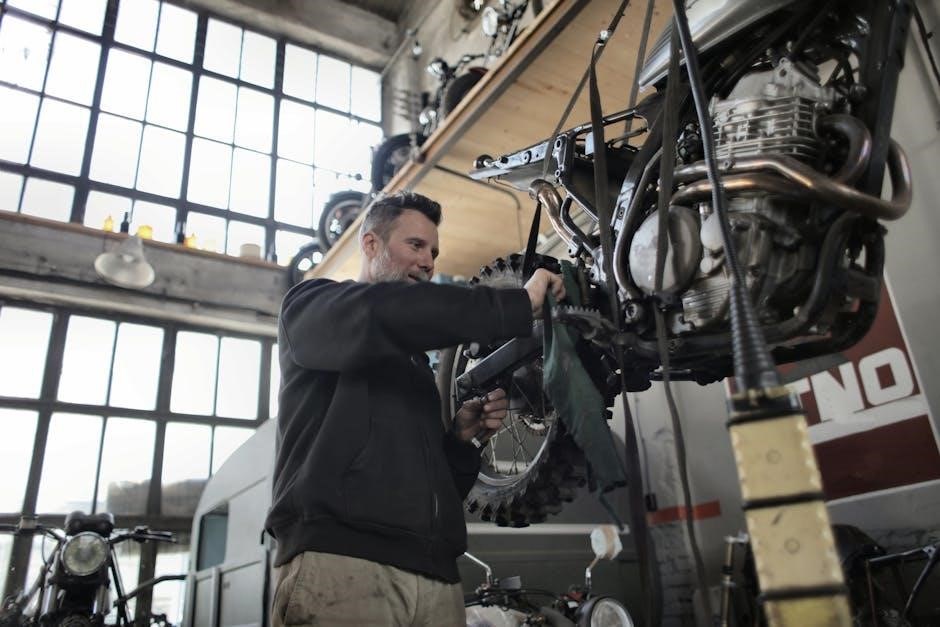
Here’s the requested content:

Cessna 100 Series Maintenance Manual: An Overview
The Cessna 100 Series maintenance manual is essential for servicing and maintaining aircraft. It covers various models like the 150‚ 172‚ and 182. The manual includes inspection requirements‚ intervals‚ and the Corrosion Prevention and Control Program.
Here’s the requested content:
The Cessna 100 series represents a line of light aircraft that have become iconic in general aviation; These aircraft‚ known for their reliability and ease of handling‚ have been widely used for flight training‚ personal transportation‚ and various commercial applications. Models like the Cessna 150‚ 172 Skyhawk‚ 182 Skylane‚ and others in the series have shaped the landscape of aviation.
Understanding the maintenance requirements for these aircraft is crucial for ensuring continued safe operation. This is where the Cessna 100 Series Maintenance Manual becomes indispensable. It provides detailed instructions and procedures for maintaining airworthiness‚ addressing everything from routine inspections to complex repairs.
The manual serves as a primary resource for aircraft mechanics‚ maintenance personnel‚ and even knowledgeable owners who wish to perform preventative maintenance. Its comprehensive nature ensures that all aspects of the aircraft are properly cared for.
Here’s the requested content:
Applicability of the Maintenance Manual
The maintenance manual applies to specific Cessna 100 series models. It offers guidance for models like the 150‚ 172‚ 175‚ 180‚ 182‚ and 185. Earlier models can also benefit from the manual.
Here’s the requested content:
Models Covered in the Manual: 150‚ 172‚ 175‚ 180‚ 182‚ 185
The Cessna 100 Series maintenance manual primarily focuses on several key models; Among these are the Cessna 150‚ a popular trainer aircraft‚ and the Cessna 172 Skyhawk‚ renowned for its reliability and widespread use. The manual also covers the Cessna 175 Skylark‚ offering specific maintenance guidelines for its unique features.
Furthermore‚ the manual extends its applicability to include the Cessna 180 Skywagon and the Cessna 182 Skylane‚ both known for their robust performance and utility. These models are frequently used in various roles‚ demanding thorough maintenance protocols. Lastly‚ the Cessna 185 Skywagon is also addressed‚ ensuring comprehensive coverage across the Cessna 100 Series range.
This broad scope ensures that owners and maintenance personnel have access to detailed instructions for keeping these aircraft in optimal condition. The manual provides essential information for maintaining the airworthiness and safety of these widely used aircraft.
Here’s the requested content:
Using the Manual for 120‚ 140‚ and 170 Models
While the Cessna 100 Series maintenance manual is primarily designed for models like the 150‚ 172‚ 175‚ 180‚ 182‚ and 185‚ much of its content can be valuable for maintaining earlier models such as the 120‚ 140‚ and 170.
Although not explicitly written for these older aircraft‚ the manual offers guidance on general procedures‚ servicing techniques‚ and airframe maintenance that are broadly applicable. Owners and mechanics working on the 120‚ 140‚ and 170 can use the manual as a reference for common tasks and troubleshooting.
However‚ it is important to note that specific components and systems may differ‚ requiring additional research or consultation with experienced technicians familiar with these classic Cessna models. The manual should be used as a supplementary resource‚ not a definitive guide‚ for the 120‚ 140‚ and 170 aircraft.
Here’s the requested content:

Key Sections of the Maintenance Manual
The manual encompasses general descriptions‚ ground handling‚ servicing‚ inspections‚ fuselage and airframe maintenance‚ and landing gear maintenance. These sections guide comprehensive aircraft upkeep‚ ensuring airworthiness and safety for Cessna 100 series aircraft.
Here’s the requested content:
General Description
The general description section offers a foundational understanding of the Cessna 100 series aircraft. This part of the maintenance manual outlines the aircraft’s overall design‚ components‚ and systems. It provides essential introductory information necessary for technicians and owners to grasp the basic structure and function of the airplane.
Furthermore‚ this section typically includes details on the aircraft’s dimensions‚ weight‚ and performance characteristics. Understanding these specifications is crucial for proper maintenance and operation. The general description also covers the different models within the 100 series‚ highlighting variations and commonalities among them. This helps in identifying specific maintenance needs for each model.
By providing a clear overview‚ the general description sets the stage for more detailed instructions in subsequent sections. It ensures that users have a solid base knowledge before delving into specific maintenance procedures‚ contributing to safer and more effective aircraft maintenance practices.
Here’s the requested content:
Ground Handling‚ Servicing‚ and Inspection
This section of the Cessna 100 series maintenance manual focuses on essential procedures for safely handling‚ servicing‚ and inspecting the aircraft on the ground. It provides detailed instructions for tasks such as towing‚ parking‚ and securing the airplane to prevent damage or injury. Proper ground handling techniques are crucial for maintaining the aircraft’s condition and ensuring the safety of personnel.
The servicing section covers routine maintenance tasks like refueling‚ oil checks‚ and fluid top-offs. It outlines the correct procedures and specifications for these activities‚ helping to prolong the aircraft’s lifespan and optimize performance. Inspection guidelines are also thoroughly detailed‚ including checklists and intervals for various components. These inspections are vital for identifying potential issues early on and preventing more serious problems from developing.
By adhering to the procedures outlined in this section‚ owners and technicians can ensure the Cessna 100 series aircraft remains in excellent condition‚ promoting safe and reliable operation.
Here’s the requested content:
Fuselage and Airframe Maintenance
This section of the Cessna 100 series maintenance manual details procedures for maintaining the fuselage and airframe. It covers inspection‚ repair‚ and preventative maintenance to ensure structural integrity. Fuselage maintenance includes checking for corrosion‚ dents‚ and cracks‚ especially around stress points like wing attachments and landing gear mounts. Detailed instructions for repairing minor damage‚ such as patching small holes or scratches‚ are provided‚ along with guidelines for assessing when more extensive repairs are needed.
Airframe maintenance involves inspecting and maintaining the wings‚ tail‚ and control surfaces. This includes checking for fabric tears‚ control surface alignment‚ and proper functioning of hinges and cables. Lubrication points are identified‚ and schedules for lubrication are specified to prevent wear and ensure smooth operation. The manual also addresses corrosion prevention‚ outlining methods for cleaning‚ treating‚ and protecting the airframe from environmental damage.
Proper adherence to these maintenance procedures is crucial for maintaining the safety and airworthiness of the Cessna 100 series aircraft.
Here’s the requested content:
Landing Gear Maintenance
The landing gear maintenance section of the Cessna 100 Series manual provides detailed instructions for inspecting‚ servicing‚ and repairing the aircraft’s landing gear system. This section encompasses procedures for both fixed and retractable landing gear configurations‚ addressing the unique maintenance requirements of each type. Regular inspections are crucial to identify wear‚ damage‚ or corrosion that could compromise the landing gear’s functionality.
Specific maintenance tasks include checking tires for proper inflation and wear‚ inspecting brake systems for leaks and adequate pad thickness‚ and lubricating moving parts to ensure smooth operation. For retractable landing gear‚ the manual provides instructions for inspecting hydraulic lines‚ actuators‚ and retraction mechanisms. Detailed troubleshooting guides assist mechanics in diagnosing and resolving common landing gear issues.
Adherence to these procedures ensures the safe and reliable operation of the Cessna 100 series aircraft’s landing gear‚ contributing to overall flight safety and preventing potential accidents during takeoff and landing.
Here’s the requested content:

Availability and Formats of the Manual
The Cessna 100 Series maintenance manual is available in both digital and printed formats. Service manuals vary for different years‚ such as 1962 and prior‚ versus 1963-1968‚ offering comprehensive maintenance information.
Here’s the requested content:
Service Manuals for Different Years: 1962 and Prior vs. 1963-1968
Cessna 100 Series aircraft maintenance manuals are tailored to specific production years. Manuals for 1962 and prior models (like D138-1-13) address servicing older aircraft. These manuals‚ often around 509 pages‚ cover models 150‚ 172‚ 175‚ 180‚ 182‚ and 185. They include sections on general description‚ ground handling‚ fuselage‚ airframe‚ and landing gear.
Later manuals‚ such as D637-1-13 (1963-1968)‚ provide updated maintenance procedures. These comprehensive guides‚ sometimes 784 pages‚ offer detailed instructions. Both versions contain essential information for maintaining airworthiness. Knowing the aircraft’s year is crucial for selecting the correct manual. Accessing the appropriate manual ensures accurate and safe maintenance practices.
These manuals often include temporary revisions and supplemental inspection documents.
Here’s the requested content:
Digital and Printed Versions
Cessna 100 Series maintenance manuals are available in both digital and printed formats to suit varying user preferences. Digital versions‚ often in PDF format‚ offer convenience and portability. Technicians can easily access manuals on laptops or tablets directly in the hangar. Digital manuals also allow for quick keyword searches‚ streamlining troubleshooting.
Printed manuals‚ however‚ remain a popular choice for their reliability and ease of use in environments where electronic devices may be impractical. Many prefer the tactile experience of flipping through physical pages. Printed manuals don’t require power or software‚ ensuring accessibility at all times. Aviation supply stores and online retailers offer both printed and digital versions.
Consider your working environment and personal preferences when choosing a format.
Here’s the requested content:

Inspection and Maintenance Procedures
The Cessna 100 series maintenance manual details required inspections and their intervals. It outlines the Corrosion Prevention and Control Program (CPCP). Following these procedures ensures the aircraft’s airworthiness and prolongs its lifespan.
Here’s the requested content:
Inspection Requirements and Intervals
The Cessna 100 Series maintenance manual meticulously outlines specific inspection requirements and their corresponding intervals‚ ensuring the aircraft’s continuous airworthiness. These inspections encompass a comprehensive evaluation of various components‚ systems‚ and structures‚ identifying potential issues before they escalate into significant problems. The manual provides detailed checklists and procedures for each inspection type‚ guiding maintenance personnel through the process.
Adhering to these prescribed intervals is paramount for maintaining the aircraft’s safety and operational reliability. Regular inspections allow for the early detection of wear‚ corrosion‚ or damage‚ enabling timely repairs or replacements. This proactive approach minimizes the risk of in-flight failures and enhances overall flight safety. Furthermore‚ compliance with these requirements is often mandated by aviation authorities and regulatory bodies.
The manual specifies different inspection types‚ such as pre-flight checks‚ routine inspections‚ and more extensive annual or hourly inspections. Each type focuses on specific areas and components‚ with varying degrees of detail and thoroughness. The intervals between inspections are determined by factors like flight hours‚ calendar time‚ and operational conditions. Understanding and adhering to these guidelines is crucial for responsible aircraft ownership and operation.
Here’s the requested content:
Corrosion Prevention and Control Program (CPCP)
The Cessna 100 Series Maintenance Manual emphasizes the critical importance of corrosion prevention and control through its detailed Corrosion Prevention and Control Program (CPCP). This program is designed to mitigate the detrimental effects of corrosion on the aircraft’s structural integrity and operational safety. Corrosion‚ if left unchecked‚ can weaken vital components‚ leading to potential failures and compromising the aircraft’s airworthiness.
The CPCP outlines specific procedures and guidelines for identifying‚ treating‚ and preventing corrosion in various areas of the aircraft. It includes detailed inspection techniques to detect early signs of corrosion‚ as well as recommended cleaning and protective measures. The program also specifies the appropriate materials and coatings to use for corrosion prevention‚ ensuring compatibility with the aircraft’s construction materials.
Regular adherence to the CPCP is essential for maintaining the long-term health and safety of the Cessna 100 Series aircraft; By implementing these preventative measures‚ owners and operators can significantly reduce the risk of corrosion-related issues‚ extend the aircraft’s lifespan‚ and ensure continued compliance with aviation regulations. The CPCP is a vital component of responsible aircraft maintenance.